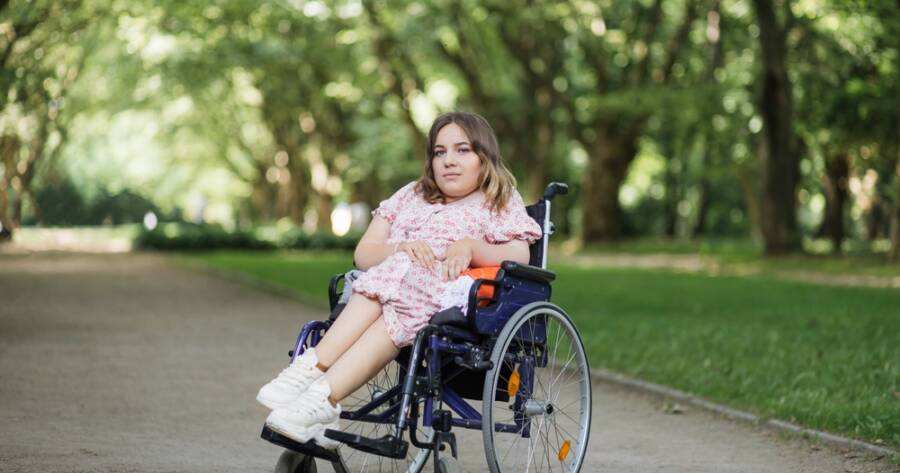Spinal Muscular Atrophy (SMA) is a hereditary disorder impacting motor neurons, leading to varying levels of muscle weakness. Categorized into five types, SMA’s symptoms and management strategies depend on the severity. From advanced gene therapies to support resources, comprehending current treatments and proactive care approaches is essential in enhancing patient outcomes and empowering affected families.
Understanding Spinal Muscular Atrophy
Spinal Muscular Atrophy (SMA) is a hereditary neurological disorder that primarily affects motor neurons, leading to muscle weakness and atrophy in the muscles of the shoulders, hips, thighs, and upper back. This condition is caused by mutations in the SMN1 gene, which is responsible for producing the SMN protein crucial for motor neuron function.
The severity of SMA is categorized into five types, and symptoms can range from mild to severe, with Type 0 being the most severe and Type IV the mildest. Knowing the type is essential as it affects the management approach.
Symptoms and Diagnosis
The primary symptom of SMA is muscle weakness, which can lead to difficulties in movement, breathing, and swallowing. Specific types present unique challenges, such as scoliosis or foot deformities in types 3 and 4, respectively.
Severe cases, such as Type 0, may result in respiratory failure shortly after birth. Neurological exams and genetic testing are standard diagnostic tools, often accompanied by electromyography (EMG) and muscle biopsies to confirm muscle involvement. Blood tests and genetic counseling can identify potential SMA in unborn babies, providing critical early interventions.
Management and Treatment Options
While there is no cure, several treatment options aim to improve life quality and extend lifespan for individuals with SMA. Gene therapy treatments like Spinraza, Zolgensma, and Evrysdi are notable, as they attempt to enhance the production of the SMN protein or replace faulty genes. These treatments can significantly improve muscle function when initiated early.
Physical and occupational therapies also play a crucial role in maintaining mobility and preventing joint contractures. Additionally, assistive devices such as wheelchairs and ventilators support patient mobility and respiratory challenges. Nutritional support is also important for maintaining overall health.
Research and Supportive Resources
Continuous research supported by organizations like the National Institutes of Health focuses on discovering new treatments and understanding genetic mutations associated with SMA. Clinical trials play a vital role in advancing these treatment options, emphasizing the importance of diverse participation to ensure the safety and efficacy of new therapies. Organizations such as Cure SMA and the Muscular Dystrophy Association offer resources, support groups, and updates on research progress. These organizations also provide funding for ongoing research efforts.
Proactive Management Strategies
Effective management of SMA involves a comprehensive care approach that addresses the various facets of the condition. This includes respiratory support and physiotherapy, as well as tackling secondary conditions such as scoliosis or contractures.
Preventative measures, such as vaccinations, are crucial for managing the risk of respiratory infections, significantly impacting the quality of life for individuals with SMA. It is also critical to educate and support families, as they play a central role in managing daily care needs and decision-making processes.
Why You Should Learn More About Spinal Muscular Atrophy Today
Understanding spinal muscular atrophy is vital for identifying early symptoms and seeking timely interventions that can drastically improve patient outcomes. Staying informed about the latest treatments, support resources, and research developments is crucial for anyone affected by or caregiving for someone with SMA.
Leveraging the comprehensive resources from organizations dedicated to the advancement of SMA care can empower families and patients in navigating this complex condition effectively. Continuous engagement with community support and medical professionals will remain essential as new therapies and management strategies continue to evolve.

